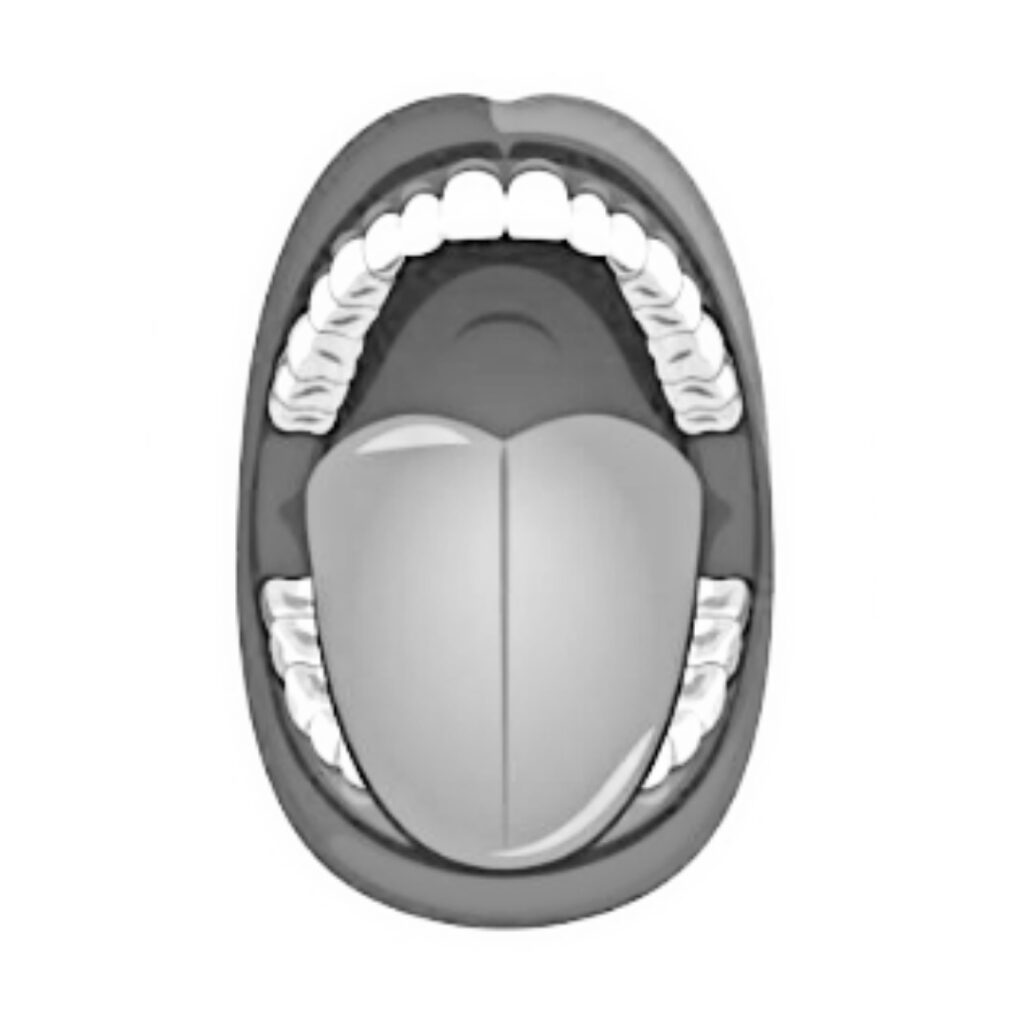The Mallampati Classification assesses airway anatomy based on the visibility of oral structures during maximal mouth opening. It aids in predicting difficult intubation: Class I (full visibility) to Class IV (only hard palate visible). Anesthesia providers use it to plan airway management strategies, enhancing patient safety during anesthesia.
The Mallampati classification evaluates laryngoscopy difficulty by assessing the visibility of three components: the faucial pillars, soft palate, and base of the uvula. Instructing the patient to open their mouth without vocalizing ‘Ah’ helps determine the Mallampati classification.
Samsoon and Young introduced the Modified Mallampati classification in 1987, delineating four grades based on anatomical structures. This modification of Mallampati et al.’s classification served as an assessment tool for difficult intubation. Samsoon categorized it as follows: Grade 1 involves the Faucial Pillars, Uvula, Soft palate, and Hard palate; Grade 2 comprises the Uvula, Soft palate, and Hard palate; Grade 3 includes the Soft palate and Hard palate; Grade 4 is characterized by the presence of only the Hard palate.
Class I Airway:
A Class 1 airway, according to the Mallampati classification, signifies optimal visibility of the faucial pillars, soft palate, and uvula base upon mouth opening.
Difficulty: This classification typically indicates a straightforward laryngoscopy and suggests minimal difficulty in airway management during anesthesia.

Grade 1: Faucial Pillars, Uvula, Soft palate, Hard palate: PUSH
Class II Airway:
In the Mallampati classification, a Class II airway indicates that while the soft palate and uvula base are visible, the tonsillar pillars and posterior pharyngeal wall are partially obscured upon mouth opening.
Difficulty: This classification suggests a relatively easy laryngoscopy with a low to moderate likelihood of airway management difficulty during anesthesia.

Grade 2: Uvula, Soft palate, Hard palate: USH
Class III Airway:
Within the Mallampati classification, a Class III airway indicates partial visibility of the soft palate and uvula base, with the tonsillar pillars and posterior pharyngeal wall being mostly concealed upon mouth opening.
Difficulty: This classification suggests a moderate likelihood of encountering difficulties during laryngoscopy and airway management, necessitating careful planning and consideration of alternative techniques.

Grade 3: Soft palate, Hard palate: SH
Class IV Airways:
In the Mallampati classification, a Class IV airway signifies minimal visibility of the soft palate, uvula base, tonsillar pillars, and posterior pharyngeal wall upon mouth opening.
Difficulty: This classification indicates a high likelihood of encountering significant difficulties during laryngoscopy and airway management, requiring advanced planning and alternative techniques to ensure patient safety.

Grade 4: Hard palate only: H
| Grade 1 | P | U | S | H |
| Grade 2 | U | S | H | |
| Grade 3 | S | H | ||
| Grade 4 | H |


[…] Score: Perform the Mallampati assessment by asking the patient to open their mouth wide and protrude their tongue without phonation or […]
Comments are closed.